The Importance and Evolution of Captcha Codes
In today’s digital age, where almost everything is just a few clicks away, it has become increasingly important to protect our online activities from malicious attacks. One of the most common methods used by hackers and bots to gain unauthorized access to websites is through automated programs that can bypass security measures, such as registration forms and login pages. This is where captcha codes come into play.
Captcha, which stands for “Completely Automated Public Turing test to tell Computers and Humans Apart,” is a type of challenge-response test used in computing to determine whether or not the user is human. It was first introduced in 1997 by researchers at Carnegie Mellon University to prevent automated bots from accessing web services. Today, captcha codes have become an integral part of internet security and are used on various online platforms, including social media, e-commerce websites, and online banking portals.
In this article, we will take an in-depth look at captcha codes, their evolution over the years, different types, and their effectiveness in protecting online activities. We will also discuss the challenges faced by captcha codes and how they are continuously evolving to keep up with the ever-changing landscape of cyber threats.
Evolution of Captcha Codes
When captcha was first introduced in 1997, it used distorted images of letters and numbers that were difficult for bots to decipher. However, as artificial intelligence (AI) technology advanced, so did the capabilities of bots to solve these captchas. This led to the development of more complex and sophisticated captcha codes to ensure that only humans could pass the test.
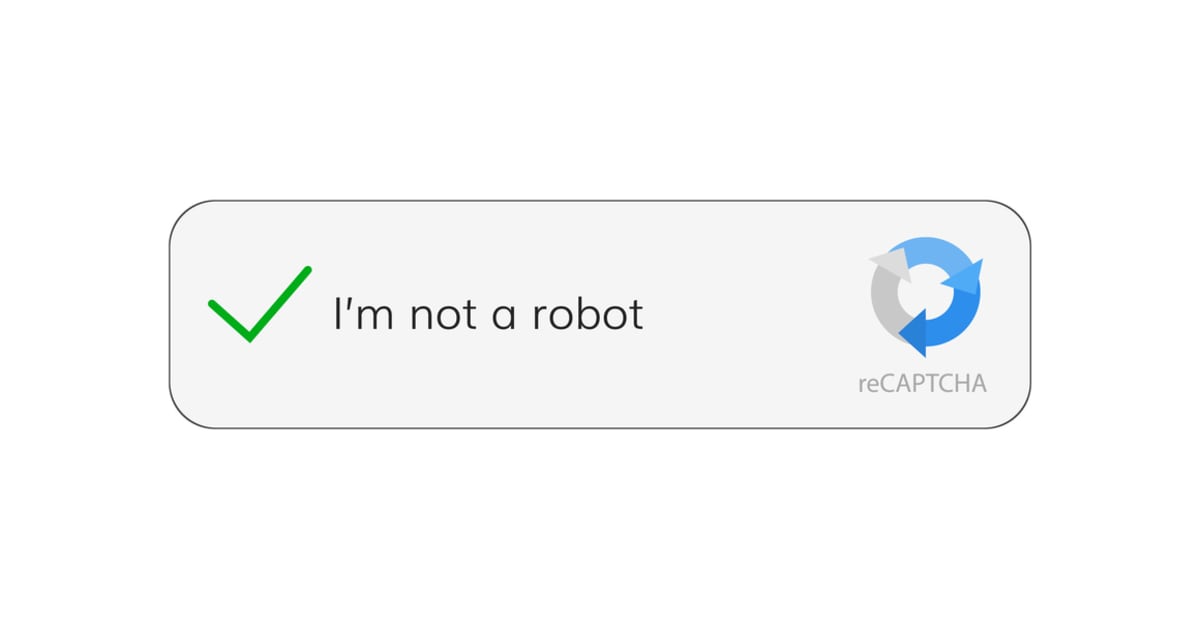
When CAPTCHA was initially introduced in 1997, it utilized distorted images containing letters and numbers that were challenging for bots to interpret
Text-based Captchas
Text-based captchas were the first type of captcha codes used on the internet. They displayed distorted images of letters and numbers that were either overlapped or presented in different colors to make it difficult for bots to read. The user had to manually enter the characters shown in the image to prove that they were human. However, this method was not foolproof, as bots could still crack these captchas by using optical character recognition (OCR) technology.
To counter this issue, text-based captchas started including background noise and warping of characters to make it even harder for bots to solve them. However, this also made it more challenging for humans to read and solve, leading to frustration and annoyance among users.
Audio Captchas
To accommodate people with visual impairments or those who had difficulty solving text-based captchas, audio captchas were introduced. These captchas presented a series of numbers or letters in an audio form, and the user had to listen and enter the correct sequence to pass the test. However, this method was not very effective, as bots could easily decipher and solve audio captchas using speech recognition software.
Image-based Captchas
Image-based captchas were developed to overcome the limitations of text and audio captchas. Instead of displaying distorted text, these captchas presented images that required the user to identify and select specific objects, such as cars, traffic lights, or animals. This method proved to be more secure than text-based captchas, as it was difficult for bots to recognize and classify objects in images.
However, image-based captchas were still vulnerable to advanced AI technology, and bots could eventually learn to solve them by identifying patterns and characteristics of different types of images.
ReCaptcha and the Introduction of Machine Learning
In 2007, Google acquired reCaptcha, a company that specialized in developing captcha solutions. This acquisition marked a significant shift in captcha technology, as reCaptcha introduced the concept of using crowdsourcing to strengthen its security.
ReCaptcha used two words: one known and one unknown. The known word was used to test if the user was human, while the unknown word was used to digitize books. Users were asked to type the unknown word, which was a scanned word from an old book that the OCR software couldn’t decipher. The user’s response was then compared to responses from other users, and if it matched, it was considered as a correct answer.
This method not only helped in digitizing books but also improved the security of reCaptcha, as it became difficult for bots to solve these captchas. However, with advancements in AI technology, even this method proved to be vulnerable, and bots started getting better at solving reCaptcha.
To tackle this issue, Google introduced reCaptcha v3 in 2018, which used an advanced risk analysis engine powered by machine learning algorithms to identify and block automated bots. This version eliminated the need for any user interaction, making the captcha experience seamless and effortless for users while maintaining a high level of security.
Types of Captcha Codes
Over the years, captcha codes have evolved to become more secure and user-friendly. Let’s take a look at some of the commonly used types of captcha codes.
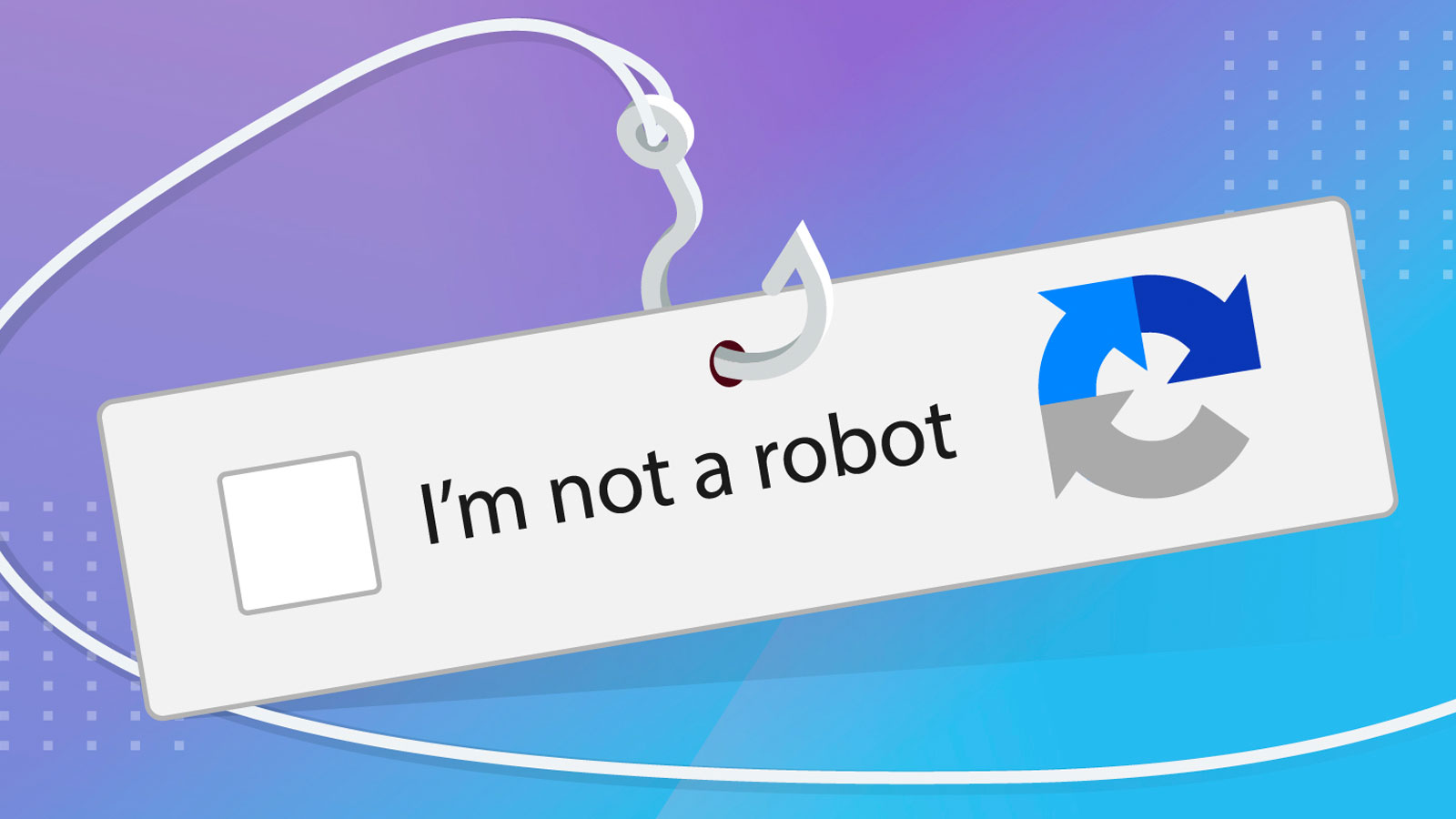
Over time, CAPTCHA codes have progressed to become more secure and easier for users to interact with
Text-based Captchas
As discussed earlier, text-based captchas display distorted images of letters and numbers that the user has to manually enter to pass the test. This type of captcha is still widely used, but with added complexities, such as background noise and warping of characters, to make it more challenging for bots to solve.
Image-based Captchas
Image-based captchas are similar to text-based captchas, except that they use images instead of text. These captchas require the user to identify and select specific objects or patterns in images to prove their humanity. Image-based captchas are more secure than text-based ones, but they can be difficult for users with visual impairments.
Audio Captchas
Audio captchas present a series of numbers or letters in an audio form, and the user has to listen and enter the correct sequence to pass the test. This method was developed to accommodate users with visual impairments or those who had difficulty solving text-based captchas. However, audio captchas are not very effective, as bots can easily decipher and solve them using speech recognition software.
ReCaptcha
ReCaptcha uses a combination of text, images, and audio to determine if the user is human. It presents two words: one known and one unknown. The known word is used to test if the user is human, while the unknown word is used to digitize books. This method is still used by many websites and has proven to be more secure than traditional captchas.
Invisible Captcha
Invisible captchas, also known as zero-click captchas, are the latest type of captcha that does not require any user interaction. These captchas use machine learning algorithms to analyze the user’s behavior on a website and determine if they are human or a bot. If the user’s behavior is suspicious, an additional security prompt may be displayed to verify their humanity.
Effectiveness of Captcha Codes
Captcha codes have proven to be an effective measure in protecting online activities from automated bots and malicious attacks. They act as a first line of defense, preventing automated programs from accessing sensitive information or carrying out fraudulent activities.
According to a report by Google, reCaptcha prevents over 300 million bot attacks every day and has successfully blocked 99.9% of automated bots. This shows the effectiveness of captcha codes in protecting online platforms from malicious attacks.
Moreover, captcha codes have also been successful in minimizing spam and fake accounts on social media platforms. This helps maintain the authenticity and credibility of online platforms and provides a safer and more secure experience for users.
Challenges Faced by Captcha Codes
While captcha codes have proven to be an effective measure in protecting online activities, they also come with their own set of challenges. Some of the common issues faced by captcha codes are discussed below.
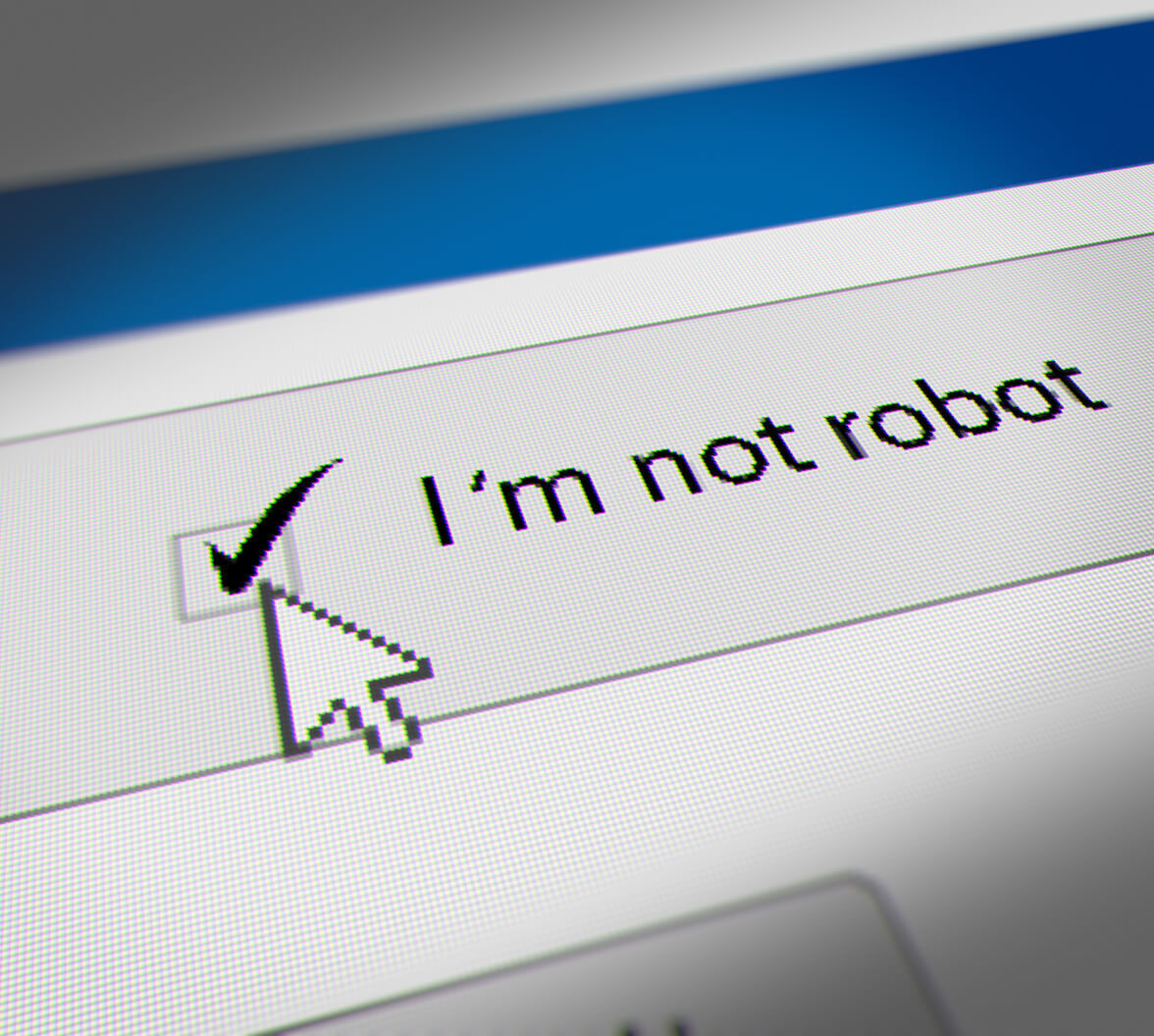
Although CAPTCHA codes have demonstrated effectiveness in safeguarding online activities, they also present their own challenges
User Experience
One of the biggest challenges faced by captcha codes is user experience. As they become more complex and difficult to solve, they can be frustrating and time-consuming for users. This can lead to a negative impact on the user experience, leading to lower website traffic and conversion rates.
Accessibility
Captcha codes, especially image-based ones, can be difficult for people with visual impairments or those who have difficulty recognizing images. This can create barriers for these individuals and limit their access to online platforms that use captchas.
Effectiveness Against Advanced AI Technology
With advancements in AI technology, bots are becoming smarter and better at solving captchas. This poses a continuous challenge for captcha codes to stay ahead of these advanced bots and ensure the security of online activities.
To overcome these challenges, captcha codes are continuously evolving and incorporating new technologies and techniques to improve their effectiveness and user experience.
The Future of Captcha Codes
As mentioned earlier, captcha codes are constantly evolving to keep up with advanced AI technology and provide a secure online experience for users. Let’s take a look at some of the future developments we can expect in captcha technology.
Biometric Captchas
Biometric captchas use a person’s unique physical characteristics, such as fingerprints, facial recognition, or iris scans, to determine if the user is human. This method is expected to be more secure than traditional captchas, as it relies on a person’s biological features, which cannot be replicated by bots.
Behavioral Analysis Captchas
Behavioral analysis captchas use machine learning algorithms to analyze a user’s behavior on a website and determine if they are human or a bot. This method looks at factors such as mouse movements, clicks, and typing patterns to identify any suspicious activity. It eliminates the need for any user interaction, making it more convenient and user-friendly.
Honeypot Captchas
Honeypot captchas use a hidden field on a form that is only visible to bots. If the hidden field is filled in, it is an indication that the user is not human, and they are blocked from accessing the website. This method is expected to be more effective against automated bots, as humans cannot see the hidden field and will not enter any information in it.
Conclusion
Captcha codes have come a long way since their introduction in 1997. From simple text-based captchas to advanced machine learning algorithms, they have continuously evolved to stay ahead of malicious attacks and protect online activities. However, with advancements in AI technology, the challenges faced by captcha codes also continue to evolve.
It is crucial for captcha codes to strike a balance between security and user experience to ensure the effectiveness and success of their implementation. With the continuous evolution and development of new technologies, we can expect captcha codes to become more secure, user-friendly, and seamlessly integrated into our online activities.
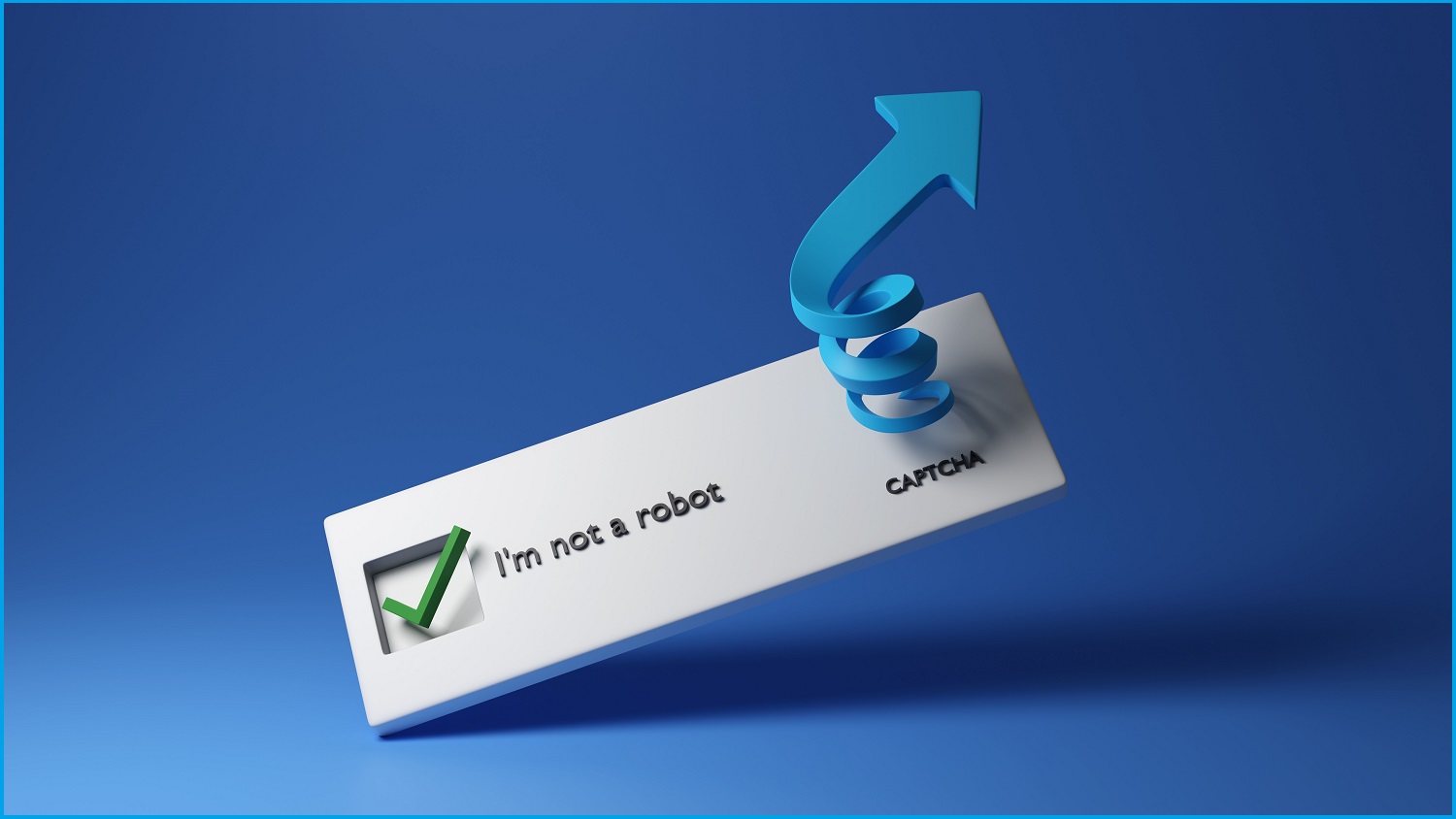


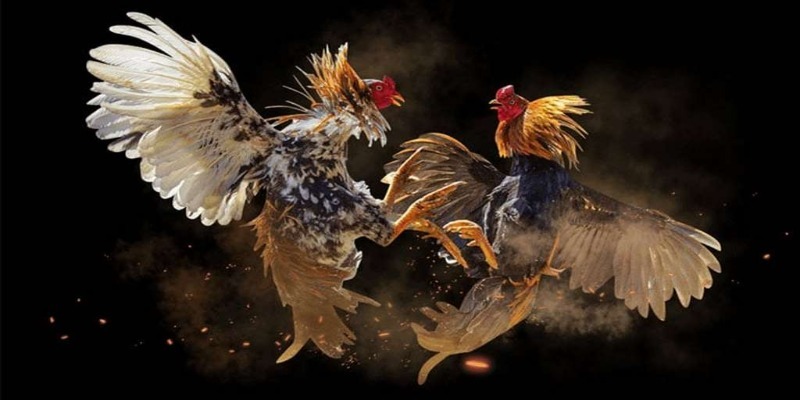








Post Comment